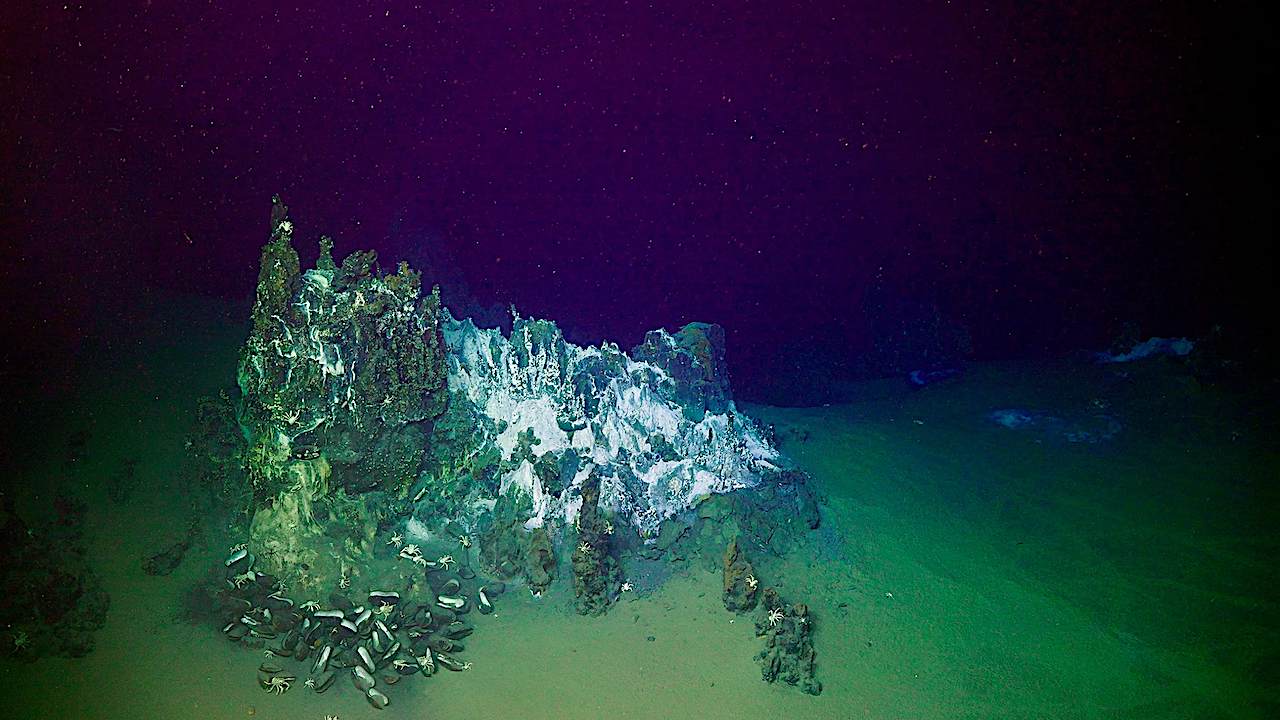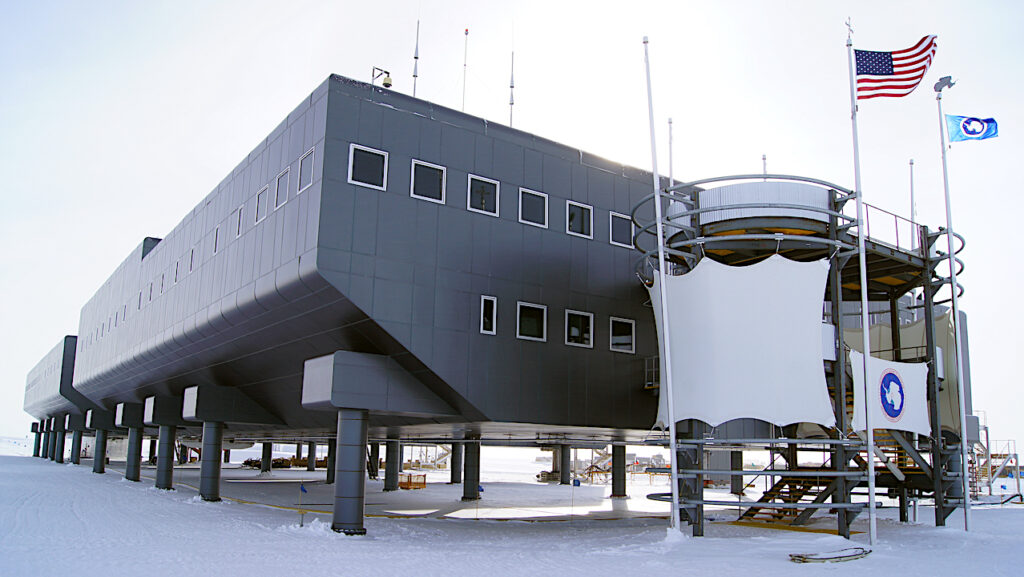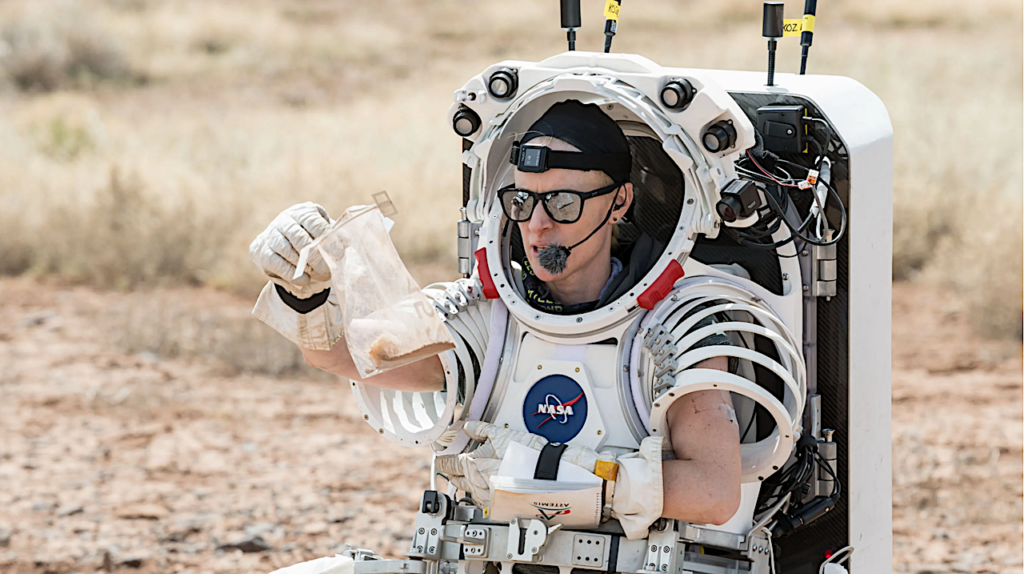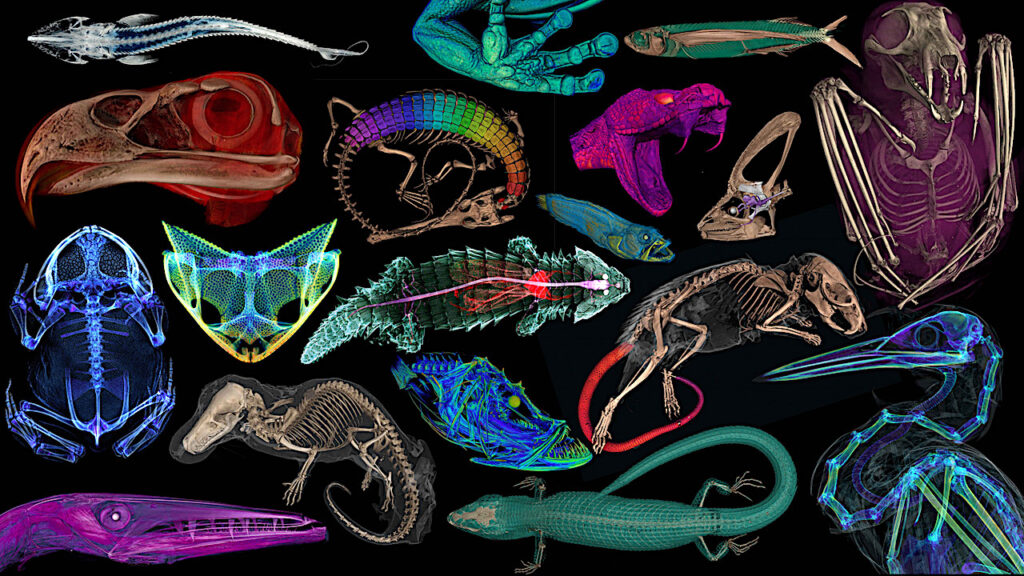Seafloor Life Devastated Near Explosive Volcanic Eruption In Pacific

A University of Rhode Island oceanographer leading her first research cruise in the southern Pacific uncovered a surprise when her vessel looked below the waters in the Polynesian nation of Tonga.
While there in 2022 to research underwater biology living around deep-sea hot springs in the region, Roxanne Beinart, a professor in the URI’s Graduate School of Oceanography, learned that the entire local ocean floor around the area was blanketed in ash due to the Hunga volcano eruption which had happened just a few months before, decimating the animal populations living there.
Beinart, a microbiologist, normally focuses on miniscule microbes and creatures that are hand-size. Suddenly, her scope of focus was field size and she was getting a primer in volcanic activity when she found her site of study covered in ash from the volcano’s eruption, even 1.5 miles underwater.
Eruptive activity at the Hunga volcano began in December 2021, ending with a record-breaking explosion that sent a plume of material as high as 36 miles in January 2022. The impact of the eruptions were felt up to 50 miles away, with waves traveling even further, as far as South America and California. Beinart visited the sites just three months later, in April of 2022.

Snails are found all over the world, adapting to whichever region they’re in. URI’s Roxanne Beinart, shown with a deep-sea hydrothermal vent snail from the Lau Basin, Tonga, says study of the region around the volcano eruption is important for understanding the natural disturbance of marine ecosystems and predicting the effects of human-caused disturbances on these unique seafloor habitats. (Michelle Hauer)
While scientists analyzed the impact of the eruption at sea level and around the world, Beinart had sailed to the area on a long-delayed research expedition. That April, Beinart’s team conducted a series of remotely operated vehicle dives at six hydrothermal vent fields in the Lau basin.
Beinart summarized her findings in a paper recently published in the science journal Nature Communications Earth and Environment.
Although mass mortality of marine animals due to volcanic ash deposition has been seen before—in fossil form—it’s rarely been documented in real time. Beinart and her team gathered video footage to gain insight into ash deposits on the seafloor.
With explosive force estimated to surpass an atomic bomb, endangered and vulnerable species living on the volcano’s underwater hydrothermal vents (deep-sea hot springs) stood little chance of survival. Populations of mussels and snails had previously thrived at the site but were extinguished by the resulting ash blanketing the region. Other animals, like crabs and shrimp, seemed to do fine, surprisingly.

a Componentry (colored vertical bars) of grains clearly discernable under stereomicroscope (>125 μm) and grain size distribution (red line) of ash collected from Tow Cam. b Scanning electron micrograph of bulk ash sample from Tow Cam. Particle color corresponds to examples of the particle categories selected for in componentry: older volcanic (orange), fresh volcanic (blue), foraminifera (green). c Plume imagery at 4:46 UTC on January 15, 2022 provided by Himawari from the Data Integration and Analysis System (DIAS) by Japan Agency for Marine-Earth Science and Technology (JAMSTEC). Predicted submarine flow routes based on ash deposit thickness, and particle properties. d Bathymetry of sample sites made with the Generic Mapping Tools v681, their corresponding distance from the Hunga volcano, and ash deposit thickness. Vent field abbreviations are as follows: KM Kilo Moana, TC Tow Cam, TM Tahi Moana, TuM Tu’i Malila, Mar Mariner.
The foundation species living on the vents rely on bacteria for the bulk of their nutrition and simply could not survive in the suddenly changed and altered environment. After the eruption, the active vent field (Tow Cam) with the greatest ash deposit, which in some places was almost five feet deep, was almost completely devoid of life; empty snail and mussel shells littered the area.
Further observations of the impacted vent fields can expand scientists’ knowledge of natural disturbance in such ecosystems and the mechanisms by which such systems recover, Beinart said. Such observations will yield important insights on the resiliency of deep-sea ecosystems.
The microbial world
The microbes Beinart studies exist just about everywhere—on us, in our guts’ microbiome, in the natural world, in the ocean. She has made oceanic microbes her focus.
“The interaction of the animal and the bacteria fascinates me,” she says. “It’s a cool relationship.”
Beinart’s work could have taken her in many directions, but she made her way to the marine world and ultimately to URI’s Graduate School of Oceanography to explore microbes in the marine environment. Earlier this year, Beinart was honored with a Human Frontier Science Program Early Career Research Grant, one of 108 awardees from 23 nations recognized for pioneering life science research.
The deep sea environment is one most people never see, and she still gets a charge out of uncovering its depths: “I often think it’s like an alien world. It’s exciting to be a part of. You feel like you’re visiting another planet.”

The research vessel Thompson (University of Washington) was scheduled to sail to the Pacific Ocean in April 2020, but delayed to 2022, because of the COVID-19 pandemic. When researchers finally arrived, they were able to get a look at the volcano’s impact on sealife in the area. (Scott Myers)
Voyage fulfilled
This research voyage was a long time in coming, Beinart says. The original expedition to the Pacific was rescheduled from the start of COVID-19 pandemic, delayed from its initial scheduled sailing in April 2020.
When the eruption happened, she had a unique opportunity to study the biology of the organisms living at the site, to see how they’d react to dramatic environmental change.
The ash she discovered blanketing the research field was a surprise, not something she normally sees in her study of deep-sea ecosystems. The ash covered the area, almost like underwater snow. With the unexpected addition of such an unusual element in their research environment, and so much of it, the ship’s biology team had to quickly determine the best way to study it.
“We had to figure things out on the spot,” says Beinart, noting researchers are used to adapting quickly on ships. “There’s a lot of thinking on the fly in the research ship environment, whether you’re dealing with weather delays or technical problems. There is a lot of working in the moment. It’s one of the things I like most about this kind of oceanographic research. It’s a bit of an adrenaline rush, and a real team effort with this kind of science, really all-on-board creative thinking.”
Beinart said she was grateful for good internet connectivity, so she could consult with colleagues like GSO’s Adam Soule and Katie Kelley. Beinart also pulled in Andrew Davies, who specializes in special video analysis, to help analyze the images she gathered.
While devastating, the eruption was an all-natural occurrence, so there was some consolation that this was not a man-made event, Beinart said. But it was still hard to see.

Left panels show pre-eruption conditions and the right panels show post-eruption conditions at active hydrothermal vent fields with maximal ash deposition, Tow Cam (A–D), and negligible ash deposition, Tu’i Malila (E, F). Comparative photographs of a larval collection device that was deployed in 2019 and then located again in 2022 (A, B) and a navigational marker (yellow arrows) (C, D) demonstrate the thick ash deposition at Tow Cam. Panels E and F show navigational markers at Tu’i Malila (orange arrows), a southern site with little detectable ash, among qualitatively similar communities of chemosymbiotic animals in both years, indicating little change in the communities since the eruption.
“Having gotten to know this part of the world, the devastation was heartbreaking to witness, even if it was a natural event,” Beinart says. “This huge, dense ecosystem was almost entirely gone. There was just complete devastation.”
She has no idea how the organisms there will fare when they return on their next expedition to the region. At that time, she’ll be able to see how the ash has changed over time and what the recovery process looks like.
Beinart says study of the region is important for understanding the natural disturbance of marine ecosystems and predicting the effects of human-caused disturbances like deep-sea mining on these unique seafloor habitats.
This URI research was made possible with support from the National Science Foundation and the welcome of the Kingdom of Tonga, which provided permission to work in their waters.
Deep seafloor hydrothermal vent communities buried by volcanic ash from the 2022 Hunga eruption, Nature Communications Earth and Environment (open access)
Astrobiology








